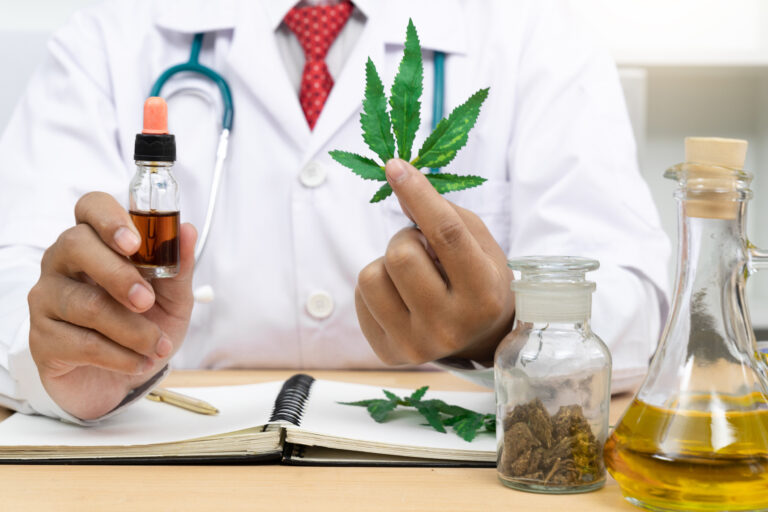Inhalants: Abuse, Addiction, and Treatment
Author: Giselle Robel
Giselle Robel
Category: Health
What are inhalants?
Inhalants are common household, industrial and medical products that produce vapors, which some people inhale (breath in) to make them feel intoxicated or high.
There are many different types of inhalants and they all have different risks and effects.
Although other substances that are misused can be inhaled, the term inhalants refer to the various substances that people typically take only by inhaling. These substances include the following:
- solvents (liquids that become gas at room temperature)
- aerosol sprays
- gases
- nitrites (prescription medicines for chest pain)

Although, inhalants have various products and can easily buy and found in the home or workplacesuch as spray paints, markers, glues, and cleaning fluids. They contain dangerous substances that have psychoactive (mind-altering) properties when inhaled. People don’t typically think of these products as drugs because they’re not intended for getting high, but some people use them for that purpose. When these substances are used for getting high, they are called inhalants. Inhalants are mostly used by young kids and teens and are the only class of substance that is used more by younger teens than by older teens.
How it is used?
Inhalants are breathed in through the nose or mouth. They may be sprayed into a plastic bag, poured into a bottle, or soaked onto a cloth or sleeve before being inhaled.
However, sometimes they are inhaled directly from the container or are sprayed directly into the mouth or nose. This method is very dangerous because it can cause suffocation.
And, also people who use inhalants breathe in the fumes through their nose or mouth, usually by sniffing, snorting, bagging, or huffing. It's called different names depending on the substance and the tool that they use.
Although the high that inhalants produce usually lasts just a few minutes, people often try to make it last by continuing to inhale again and again over several hours.
Products Used as Inhalants
Solvents
- industrial or household products, including:
- paint thinners or removers
- dry-cleaning fluids
- gasoline
- lighter fluid
- art or office supply solvents, including:
- correction fluids
- felt-tip marker fluid
- electronic contact cleaners
- glue
Aerosols
- household aerosol items, including the following:
- spray paints
- hair or deodorant sprays
- aerosol computer cleaning products
- vegetable oil sprays
Gases
- found in household or commercial products, such as:
- butane lighters
- propane tanks
- whipped cream aerosols or dispensers ( whippets )
- used as anesthesia (to make patients lose sensation during surgery/procedures), including:
- ether
- chloroform
- nitrous oxide
Nitrites
- often sold in small brown bottles labeled as:
- video head cleaner
- room odorizer
- leather cleaner
- liquid aroma
Effects of inhalants
Most inhalants affect the central nervous system and slow down brain activity. Short-term effects are similar to alcohol and include:
- slurred or distorted speech
- lack of coordination (control of body movement)
- euphoria (feeling high)
- dizziness
People may also feel light-headed or have hallucinations (images/sensations that seem real but aren’t) or delusions (false beliefs). With repeated inhalations, many people feel less self-conscious and less in control. Some may start vomiting, feel drowsy for several hours, or have a headache that lasts a while.
Unlike other types of inhalants, nitrites, which are often prescribed to treat chest pain, are misused in order to improve sexual pleasure by expanding and relaxing blood vessels.
There is no safe level of drug use. Uses of any drug always carry some risk. It's important to be careful when taking any type of drug.
Inhalants affect everyone differently, based on:
- size, weight and health
- whether the person is used to taking it
- whether other drugs are taken around the same time
- the amount taken
- the strength of the drug
- amount of fresh air breathed while sniffing
- amount of physical activity before and after sniffing.
Sudden sniffing death
Inhaling certain substances have been known to cause sudden death. It is believed that chemicals in these products can cause heart failure, particularly if the person is stressed or does heavy exercise after inhaling. However, this is very rare.
Low aromatic fuels
Sniffing low aromatic fuels does not produce a high, but can still cause damage to a person's health including death.
Coming down
In the days after inhalant use, you may experience:
- headache
- nausea
- dizziness
- drowsiness
- mental numbness.
Sniffing can cause:
- intoxication
- nausea
- headaches
- injuries
- delirium
- seizures
- pneumonia from inhaling vomit
- dependence
- brain damage
- coma
- abnormal heart rhythm
- sudden death
- asphyxiation (if using a plastic bag).3
Sniffing is always risky, but some situations make it even more dangerous:
- sniffing in an enclosed space or indoors
- running or doing other physical activity after sniffing (could cause death due to cardiac sensitization)
- mixing sniffing with other drugs, including prescribed medication and illicit substances
- sniffing when the person has other health problems.
What are the other health effects of inhalants?
Long-term effects of inhalant use may include:
Regular use of inhalants may eventually cause:
- irritability and depression
- memory loss
- reduced attention span and ability to think clearly
- pimples around the mouth and lips
- pale appearance
- tremors
- weight loss
- reduced growth potential (height)
- tiredness
- excessive thirst
- loss of sense of smell and hearing
- problems with blood production, which may result in anemia, irregular heartbeat, heart muscle damage
- chest pain and angina
- indigestion and stomach ulcers
- liver and kidney damage
- needing to use more to get the same effect
- dependence on inhalants
- financial, work and social problems
Most of these long-term effects can be reversed if use is stopped. However, some inhalants can cause permanent damage.
- liver and kidney damage
- hearing loss
- bone marrow damage
- loss of coordination and limb spasms (from nerve damage)
- delayed behavioral development (from brain problems)
- brain damage (from cut-off oxygen flow to the brain)
In addition, because nitrites are misused for sexual pleasure and performance, they can lead to unsafe sexual practices or other risky behavior. This increases the chance of getting or spreading infectious diseases such as HIV/AIDS or hepatitis.
Can a person overdose on inhalants?
Yes, a person can overdose on inhalants. An overdose occurs when a person uses too much of a drug and has a toxic reaction that results in serious, harmful symptoms or death.
If you inhale a substance many times or use a particularly strong inhalant, you could overdose.
These symptoms can cause seizures and coma. They can even be deadly. Many solvents and aerosol sprays are highly concentrated, meaning they contain a large number of chemicals with a lot of active ingredients. Sniffing these products can cause the heart to stop within minutes. This condition, known as sudden sniffing death , can happen to otherwise healthy young people the first time they use an inhalant. Using inhalants with a paper or plastic bag or in a closed area may cause death from suffocation (being unable to breathe).
- nausea, vomiting and diarrhea
- irregular heartbeat
- chest pain
- hallucinations
- blackout, seizures and coma.1,
Inhalants and Mental Health
Regular inhalant use is associated with higher rates of depression, anxiety disorders, and problems with other drugs and/or alcohol. This doesn't necessarily mean that inhalants cause these problems, but the use of inhalants can bring on these issues or make them worse. People who use inhalants are also more likely to experience stressful events such as having problems at school, at home, or at work.
Tolerance and dependence
People who regularly use inhalants can quickly become dependent on them. People who are dependent on inhalants might find that using them becomes far more important than other things in their lives, such as work, sport, socializing, or study. They may also develop a tolerance to it, which means they need to take larger amounts of inhalants to get the same effect.
Using inhalants with other drugs
The effects of taking inhalants with other drugs - including over-the- counter or prescribed medications - can be unpredictable and dangerous.
- Inhalants +¯ alcohol ,¯ benzodiazepines ¯or opioids : enormous strain on the body, and can affect breathing rate¯and may increase the risk of losing consciousness or suffocating.
Overdose treatment
Because inhalant overdose can lead to seizures or cause the heart to stop, first responders and emergency room doctors try to treat the overdose by treating these conditions. They will try to stop the seizure or restart the heart.
Can inhalants cause addiction, a form of substance use disorder?
Although it’s not very common, repeated use of inhalants can lead to addiction, a form of substance use disorder (SUD). SUD develops when continued use of the drug causes issues, such as health problems and failure to meet responsibilities at work, school, or home. And it can range from mild to severe, the most severe form of addiction.
Those who try to quit inhalants may have withdrawal symptoms that include:
- nausea
- loss of appetite
- sweating
- problems sleeping
- mood changes
How can people get treatment for addiction to inhalants?
Some people seeking treatment for use of inhalants have found behavioral therapy to be helpful:
- Cognitive-behavioral therapy helps patients recognize, avoid, and cope with the situations in which they are most likely to use drugs.
- Motivational incentives uses vouchers or small cash rewards for positive behaviors such as staying drug-free.
More study is needed to identify the most effective treatment options for addiction to inhalants.
Withdrawal
Giving up inhalants after using them for a long time is challenging because the body has to get used to functioning without them. Withdrawal symptoms usually start 24-48 hours after the last use and may last for 2 to 5 days. These symptoms can include:
- hangover
- headache, nausea and stomach pain
- tiredness, shakiness, tremors
- cramps
- hallucinations and visual disorders, such as seeing spots.4













